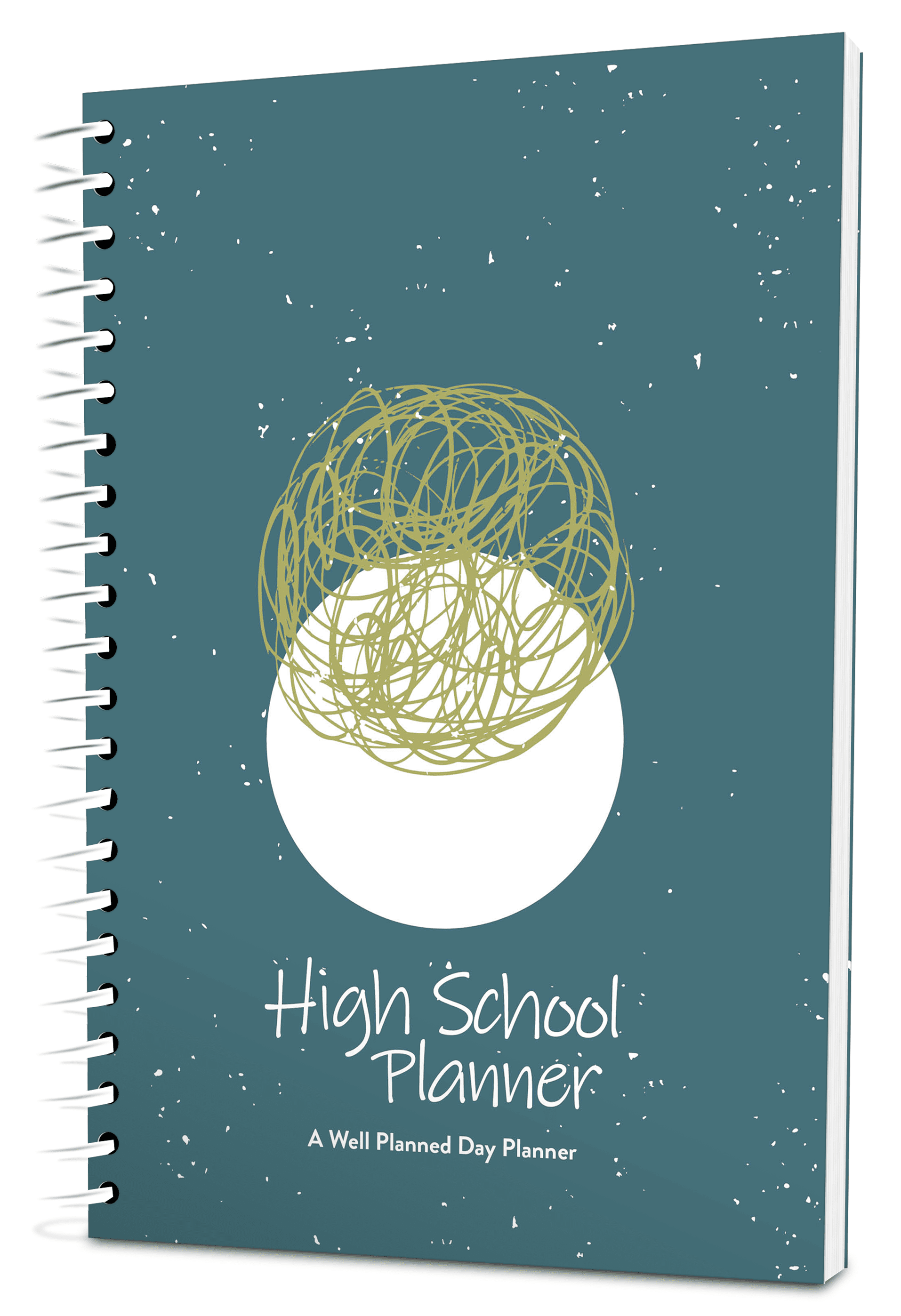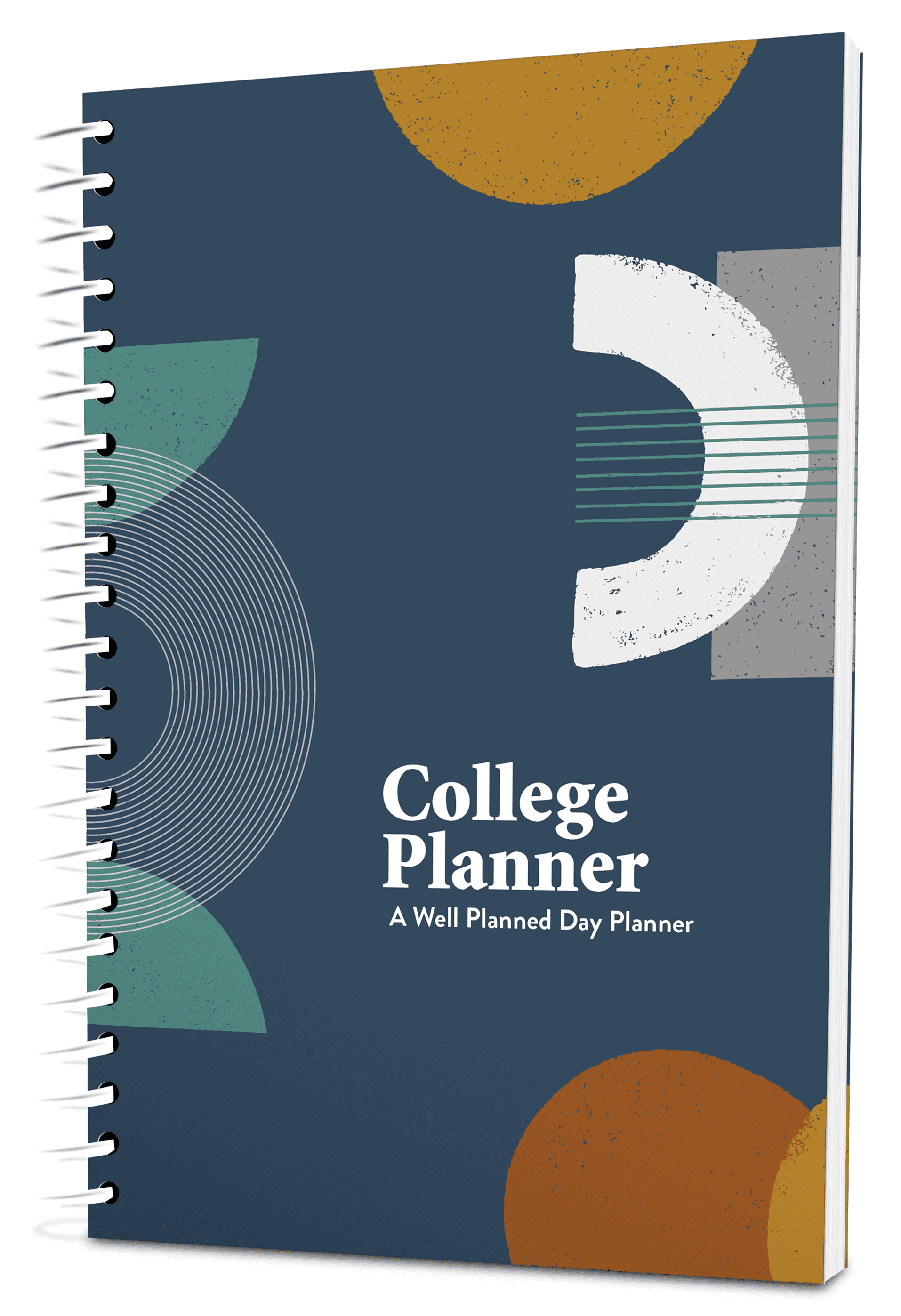Nobel laureate Dr. Eugene Wigner (a theoretical physicist and mathematician) once wrote, “The first point is that the enormous usefulness of mathematics in the natural sciences is something bordering on the mysterious and that there is no rational explanation for it.” With all due respect to Dr. Wigner, I don’t think there is any mystery at all. Nearly 400 years ago, Galileo explained why math is so useful in the natural sciences:
[The universe] cannot be read until we have learned the language and become familiar with the characters in which it is written. It is written in mathematical language, and the letters are triangles, circles, and other geometrical figures, without which means it is humanly impossible to comprehend a single word.
Since math is the language in which God has written His creation, it only makes sense that a student’s science studies should track with his or her math studies. If you keep this in mind as you develop your child’s long-term homeschooling plan, you will ensure that he or she will learn and enjoy both subjects better.
Elementary Math & Science
The first important thing to understand is that math trains a child’s brain to think in a specific way, and that training pays huge dividends when it comes to science. At an early age, then, the student’s math education is significantly more important than his or her science education. During the elementary years, math should be done every day, and it should be considered as important as reading and writing. Science should be done at most twice per week, and it should never be done instead of math.
What should you cover when you do science during the elementary years? It really doesn’t matter. The focus of science in the elementary years should be on learning how to think scientifically, learning how to do experiments, and building a very basic science-related vocabulary.
There are many excellent elementary science curricula available to homeschoolers, and if you are comfortable simply following your children’s interests, you don’t even need to follow a curriculum. Just let them explore nature and find out what interests them. Then, they can read books about those science-related subjects.
Moving Up
Once the student reaches middle school, however, his or her science education should become more deliberate. This is because the student has built up some considerable math skills over the years, and now he or she can start to use the language of God’s creation to understand the natural world. As a result, by middle school, the student should start a formal science curriculum, and science should be done daily, just like math.
The student’s first formal science course should be fairly general, discussing scientific method, the different types of experiments that scientists do, etc. It should probably also cover mostly the life sciences, since they require the least amount of math.
Once the student has finished all arithmetic-related math and is ready to start a pre-algebra course, the student should take a science course that covers basic physics, which is fundamental to all the other sciences. This is often done in an earth science course or a physical science course. You don’t cover this until the student starts pre-algebra, because basic physics requires the use of arithmetic; thus, the student shouldn’t begin such a course until he or she is finished with arithmetic.
This brings up an important point. Homeschooled students often don’t follow the standard path, so when I say “middle school,” I am not referring to an age. I am referring to a math level. I think that if a student is doing pre-algebra, he or she is in eighth grade from a science standpoint. So “middle school” starts two years before algebra, in my opinion.
Once the student has completed a basic introduction to physics, it is time to study science at the high school level. High school biology requires only arithmetic, so it should be covered first. Ideally, the student will be taking Algebra 1 while he or she is taking biology. That way, the student will be ready for chemistry after biology, because chemistry involves an extensive use of algebra and cannot be taken until the student has finished Algebra 1.
Ideally, the student will be taking geometry while he or she takes chemistry. As long as the geometry course covers the three basic trigonometric functions (sine, cosine, tangent) and how they are defined on a right triangle, the student will be ready for physics by the time he or she finishes chemistry and geometry.
If the student doesn’t take geometry right after Algebra 1, or if the geometry course doesn’t cover the necessary trigonometric functions, do something else (marine biology, human anatomy and physiology, etc.) until the student has covered what he or she needs for physics.
If your student manages to get through biology, chemistry, and physics by the time he or she is done with high school, the student’s science education will be better than the vast majority of students in the United States.
However, if your student is science-oriented, he or she will probably want to cover more. That shouldn’t be a problem if you have followed these guidelines, because by that time, he or she should be mathematically prepared to study a wide variety of science subjects.














